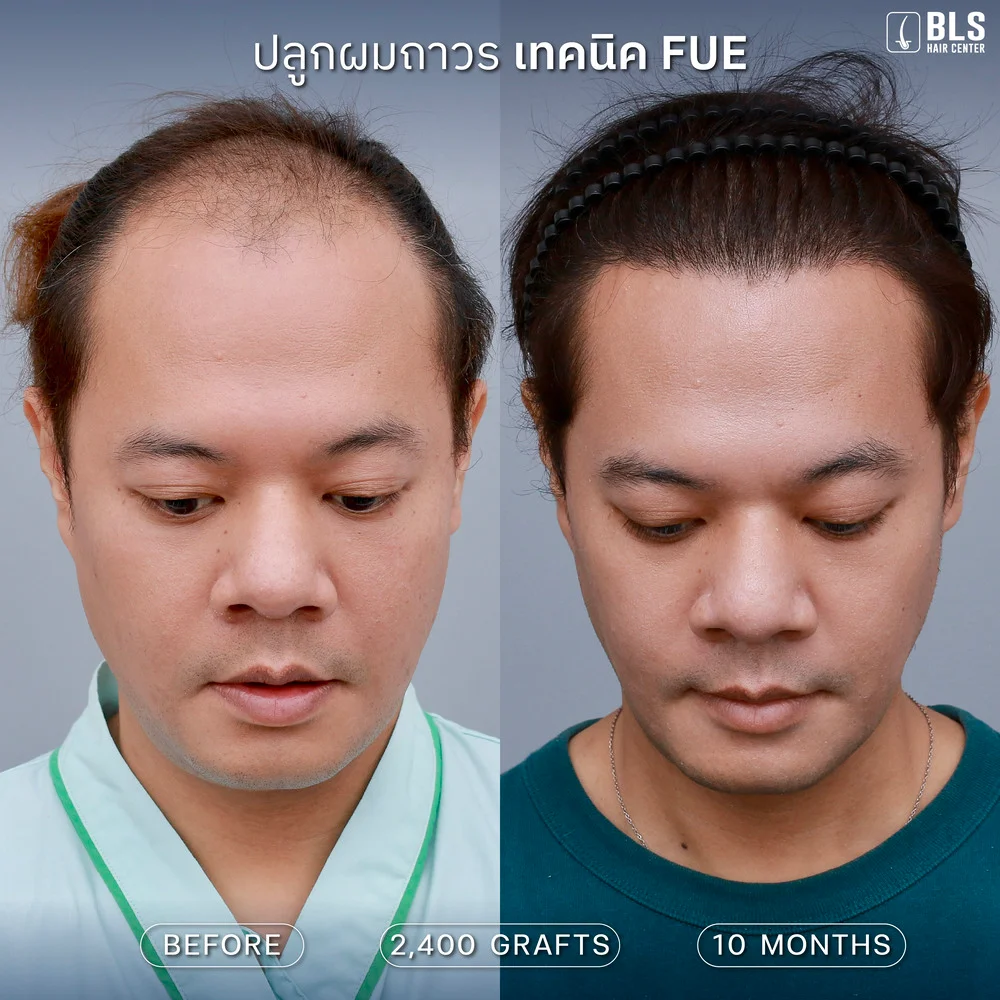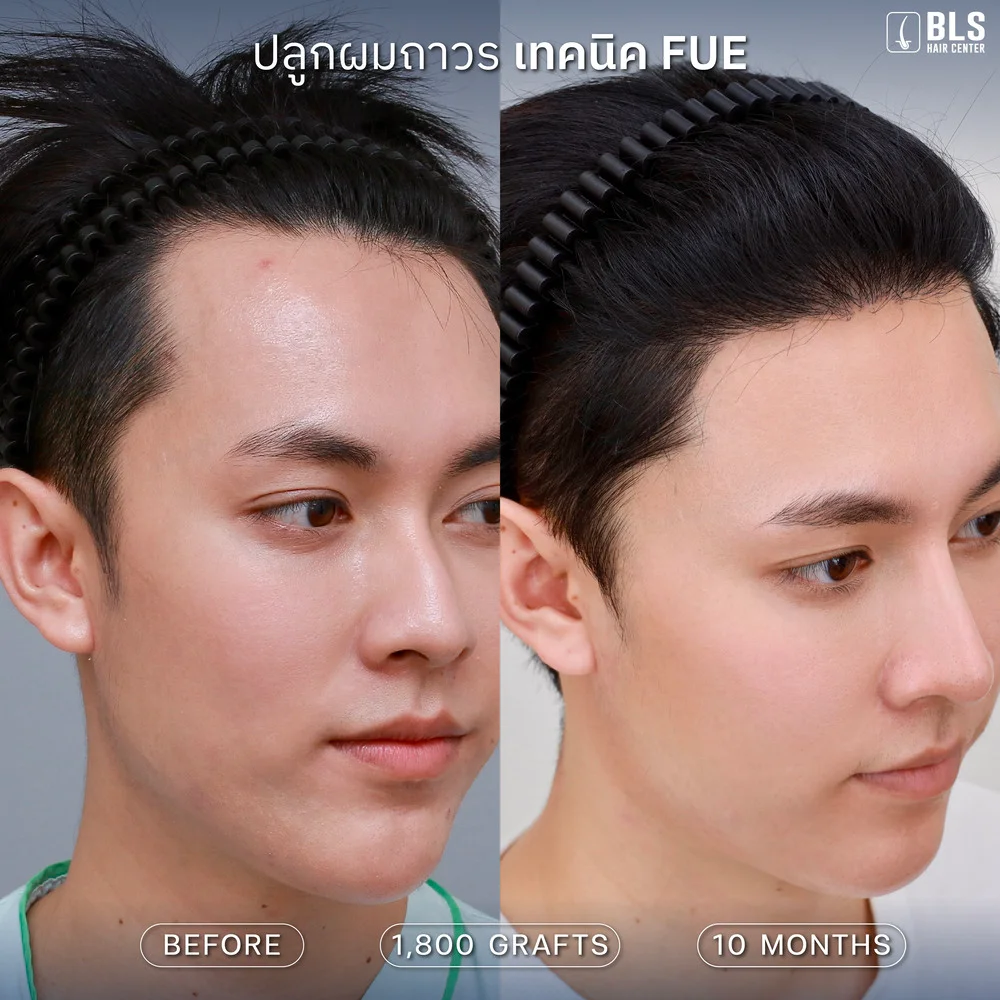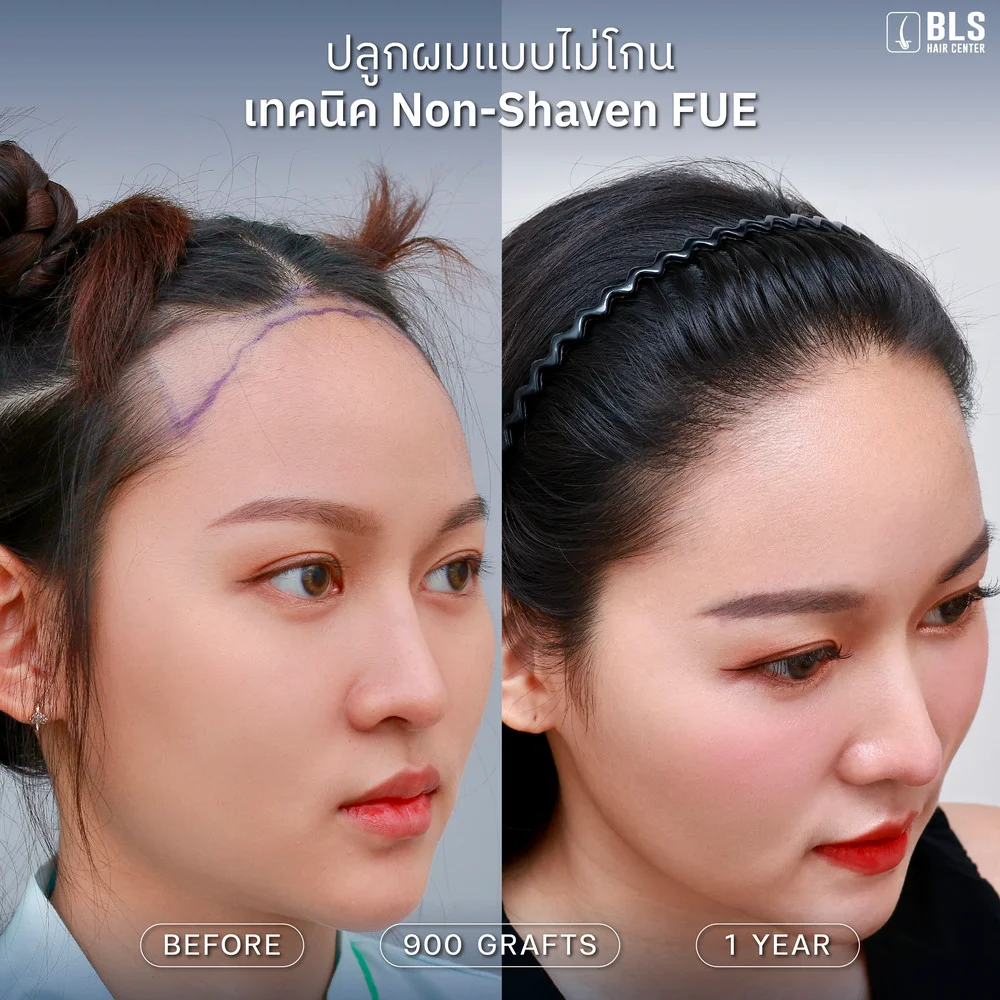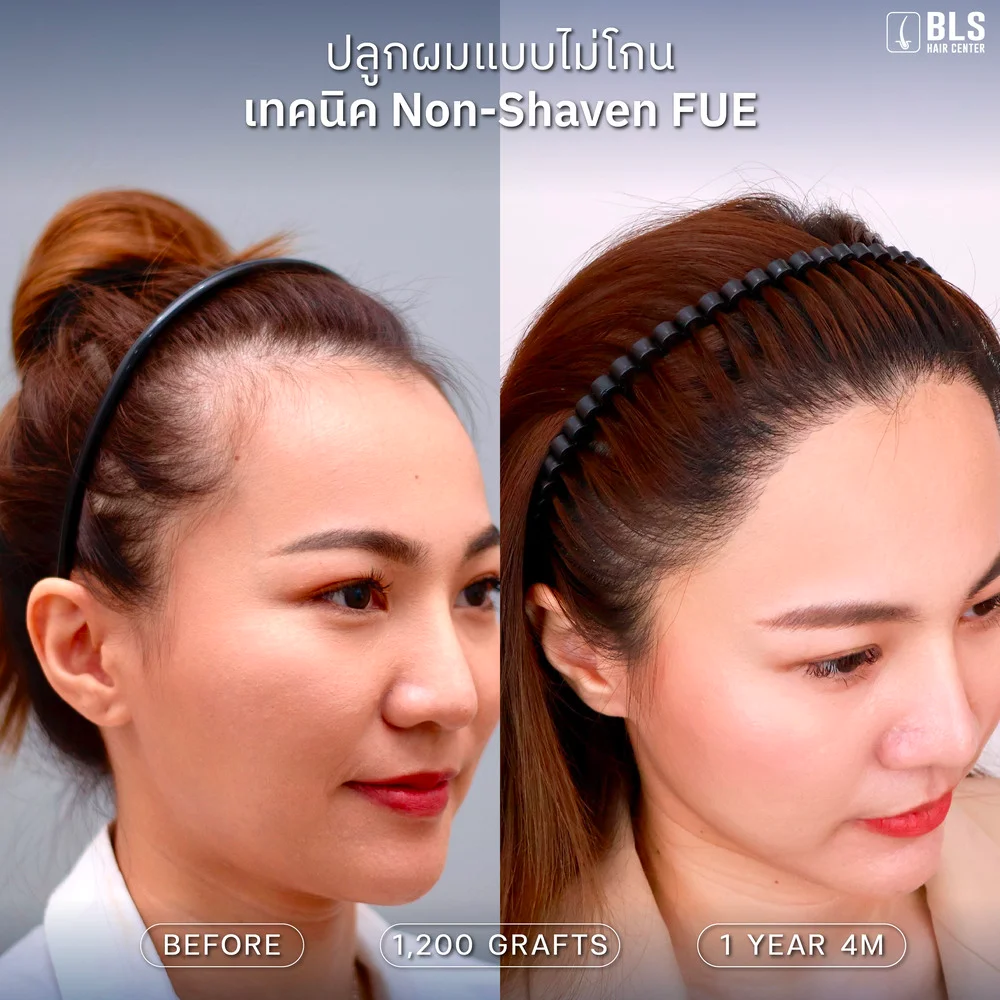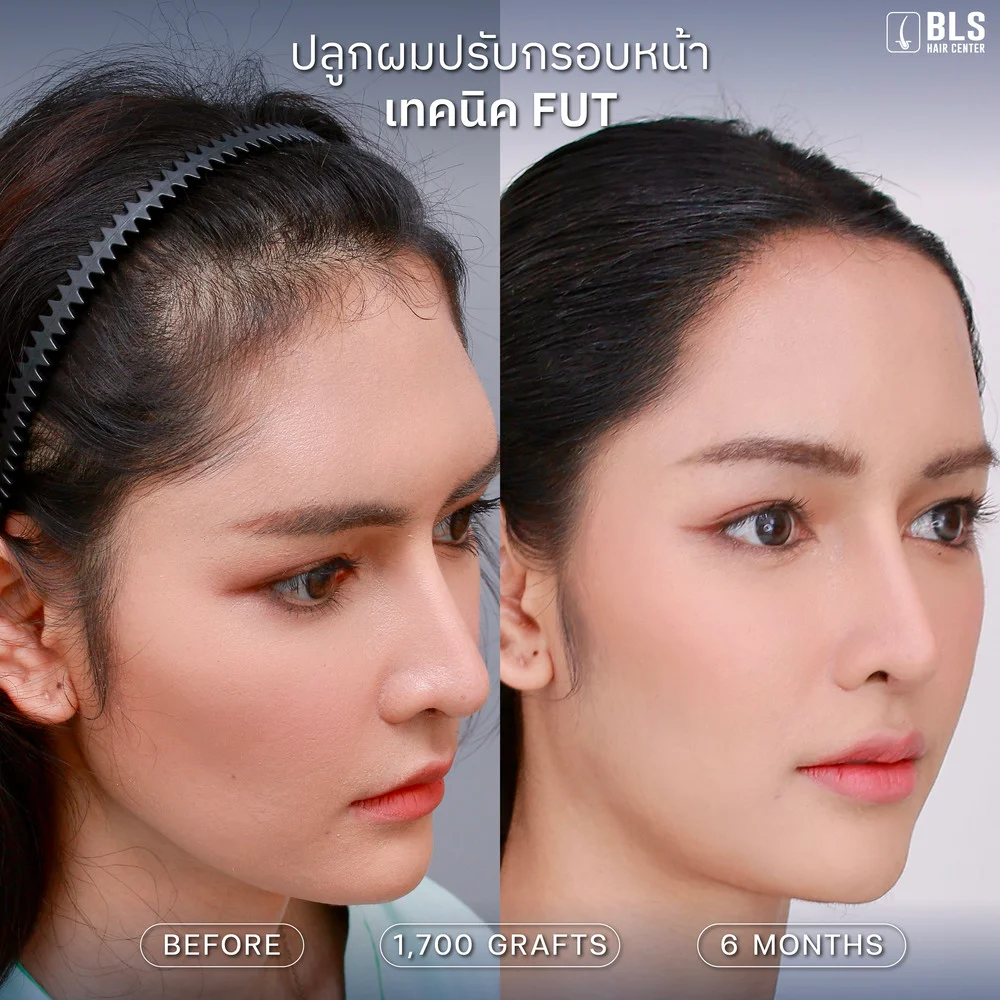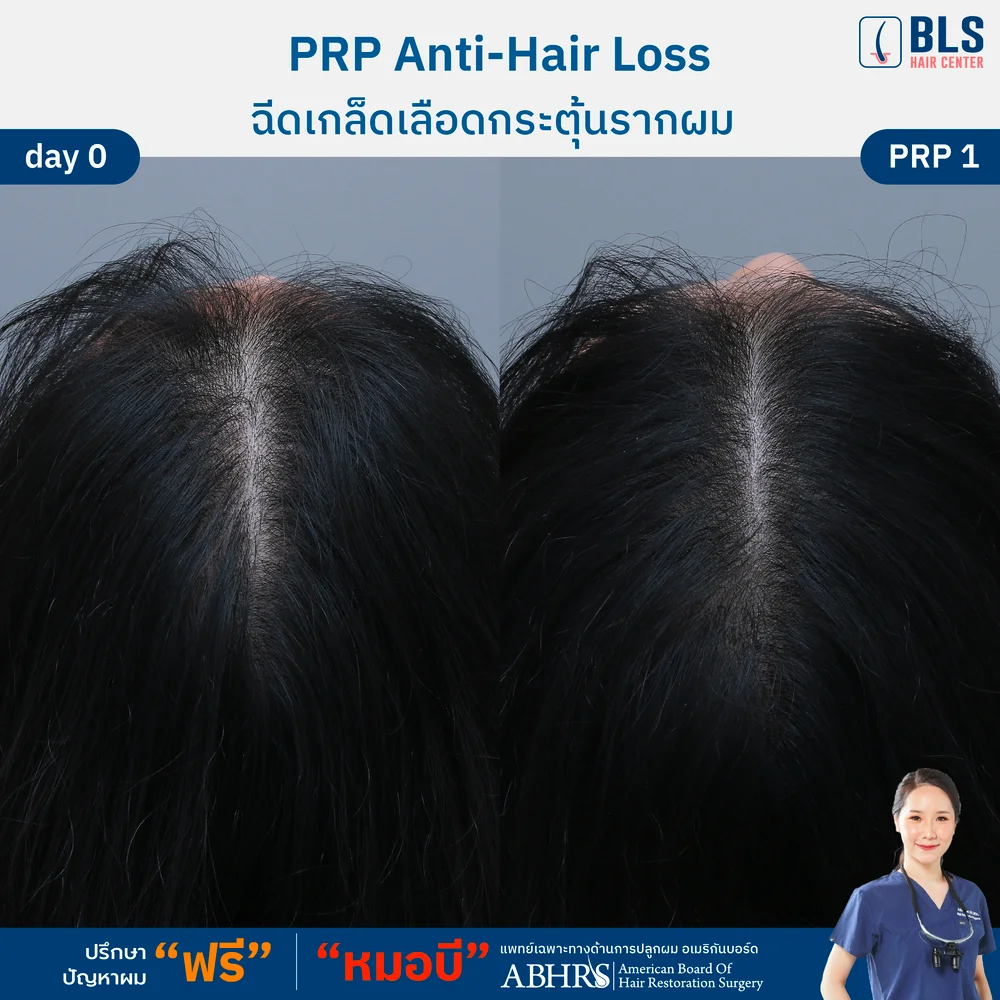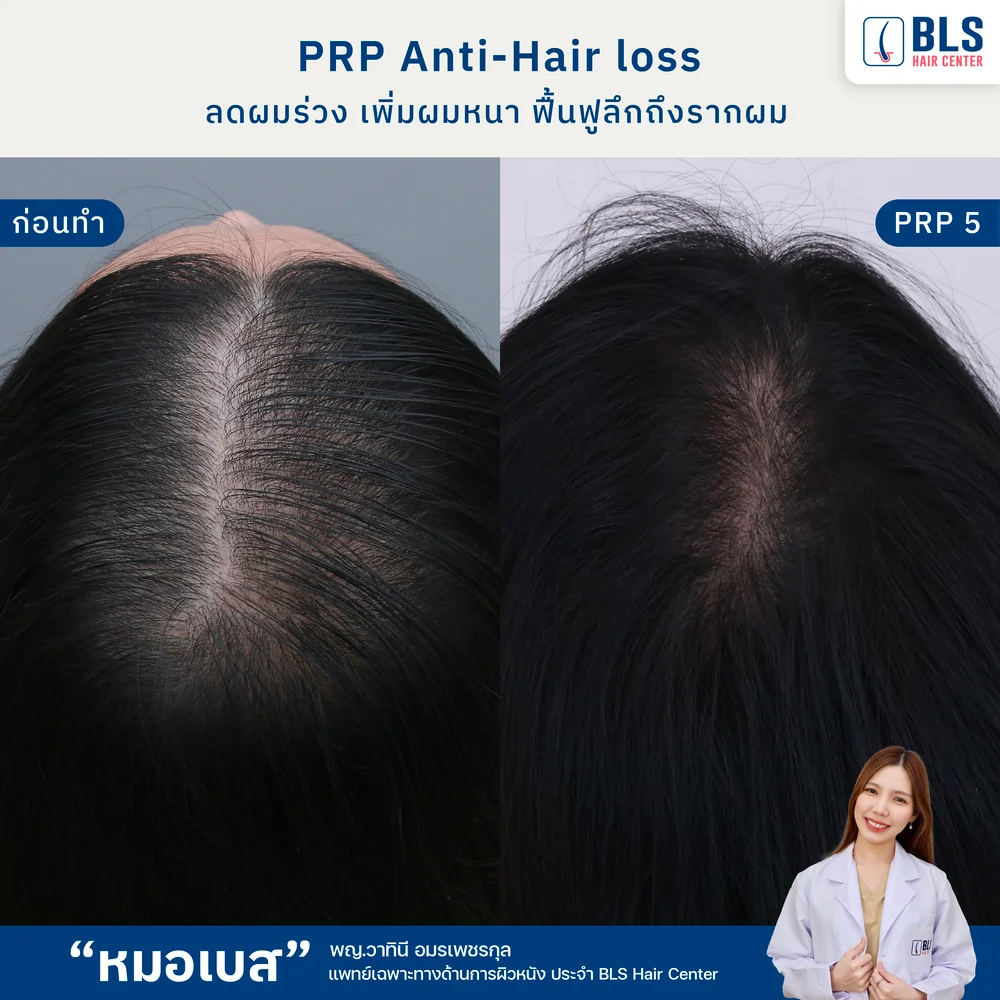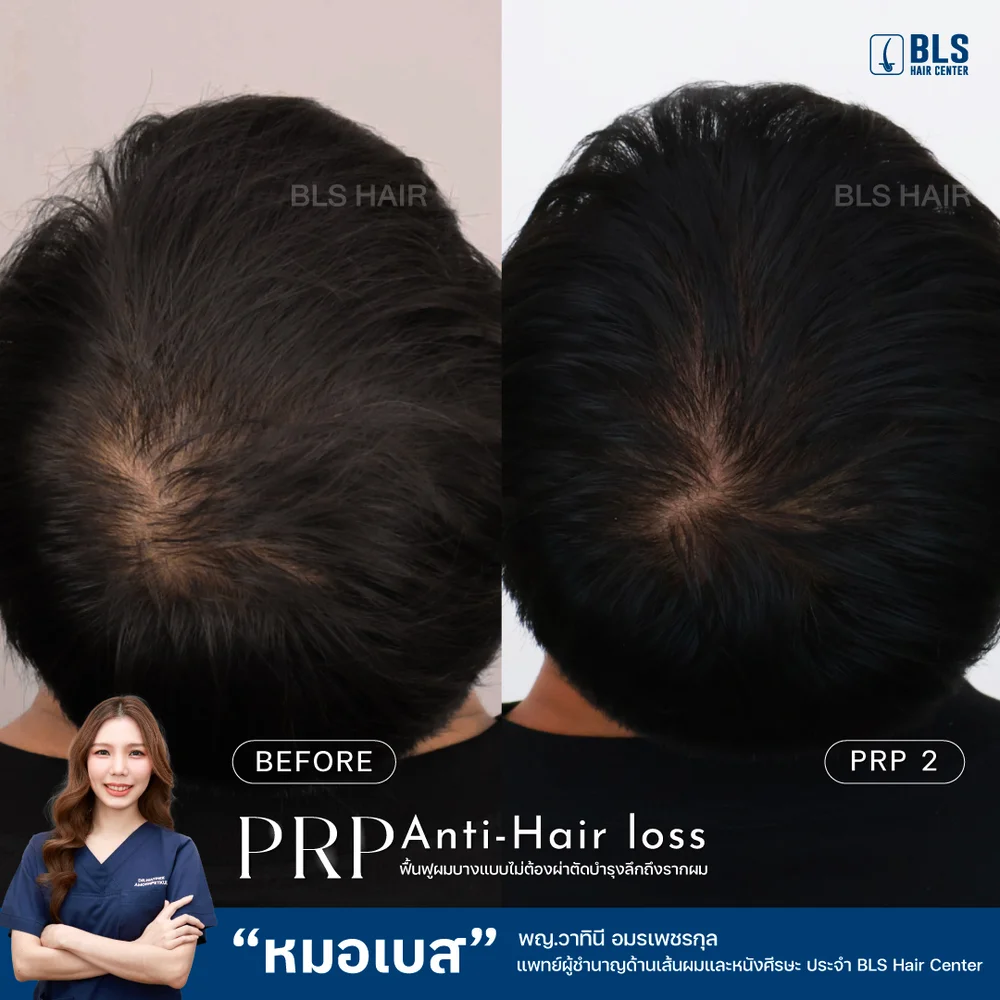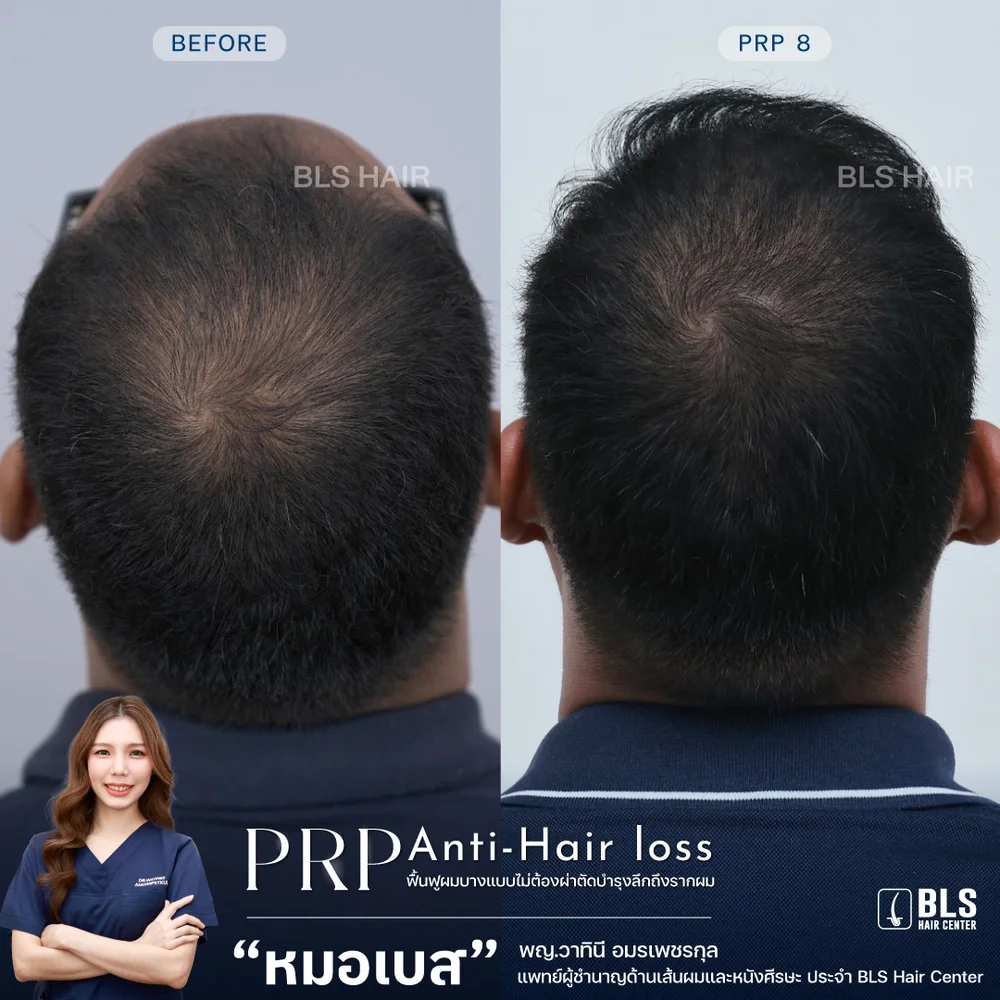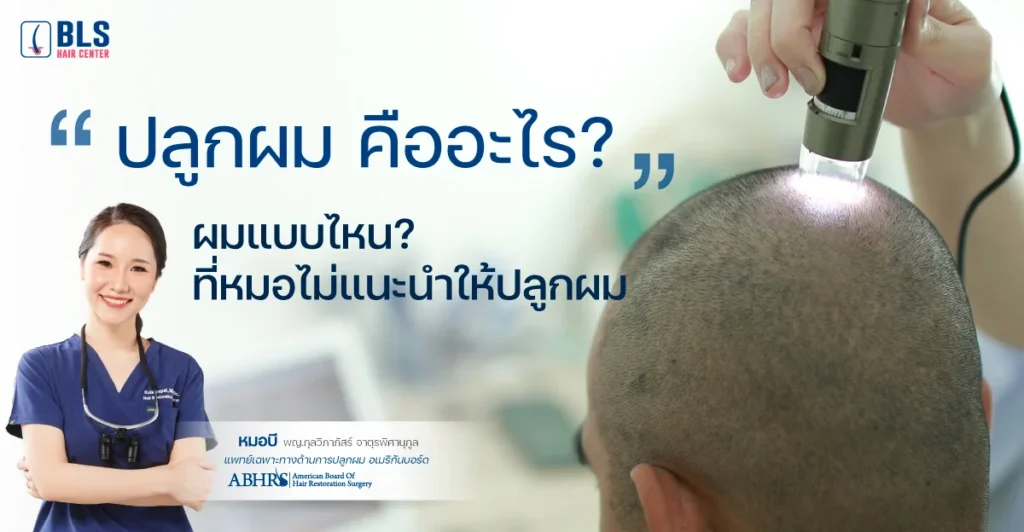
If you’re planning to address hair concerns—whether it’s thinning hair, widening part lines, deep recession creating a wide or high forehead—and you’re considering hair transplantation to soften your facial frame, or you’re experiencing hair thinning due to hormones, aging, or hereditary baldness, it’s natural to worry about future hair loss. At this point, permanent hair transplantation becomes a highly effective and targeted solution. Modern techniques now allow for procedures without shaving the donor area, with no visible scarring, no disruption to your look, minimal discomfort, and no downtime—allowing you to resume daily life immediately.
What Is Hair Transplantation?
Hair transplantation is a medical procedure that treats thinning hair and baldness by relocating hair follicles from the back of the scalp—known as the Safe Zone or Donor Area. This area contains the strongest hair, which is most resistant to shedding, making it ideal for transplanting to the front or other areas affected by hair loss.
According to the ISHRS (International Society of Hair Restoration Surgery), hair transplant techniques are classified based on how follicles are extracted from the Safe Zone:
1. FUE (Follicular Unit Excision)
This technique uses a punch tool to extract individual grafts from the back of the scalp. Unlike FUT, FUE does not leave a linear scar but rather tiny dot-like marks that resemble natural hair shedding—barely noticeable. It involves minimal pain and no downtime. Traditional FUE requires shaving, but newer methods include:
- Non-Shaven FUE: No shaving required; the donor area remains covered by existing hair. Ideal for women’s hairline restoration.
- Long Hair Transplantation: Transplants long hair immediately, though the procedure takes longer. Suitable for mild cases.
2. FUT (Follicular Unit Transplant)
This surgical method removes a strip of scalp from the donor area, then separates it into grafts under a microscope for transplantation. It leaves a linear scar but allows for a large number of grafts, making it suitable for severe hair loss cases requiring extensive coverage.
What Hair Conditions Are Suitable for Transplantation?
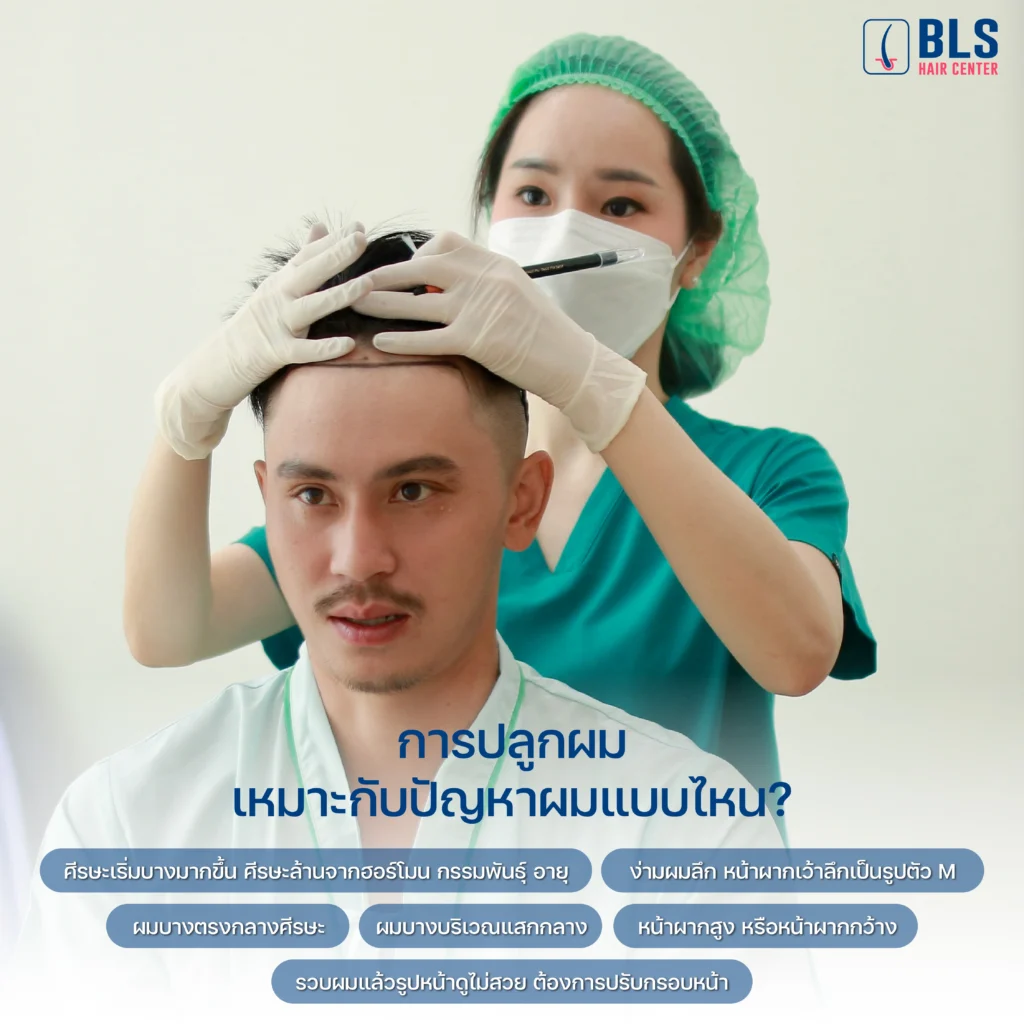
Progressive thinning due to hormones, genetics, aging
These factors contribute to hereditary baldness, triggered by a gene on the X chromosome that enhances the androgen receptor’s ability to bind with DHT (Dihydrotestosterone)—a hormone derived from testosterone. DHT shortens the hair growth phase and prolongs the resting phase, leading to thinning, especially at the crown and frontal hairline. Hair transplantation is the most effective solution.
Deep recession or M-shaped hairline
This condition causes visible aging and facial imbalance. Many patients choose transplantation to restore confidence and facial harmony.
Thinning at the crown
Affects both men and women due to hormones, genetics, or aging. If follicles are dormant or absent, surgical transplantation is recommended.
Thinning along the part line
inning along the part line
Female Pattern Hair Loss is a genetic condition unique to women, often linked to high DHT levels and aging. It widens the part line, prompting many women to seek hair transplantation.
High or wide forehead
A disproportionate forehead can be corrected with hairline transplantation to reduce forehead size and enhance facial proportions—often resulting in a more youthful appearance.
Visible scalp when tying hair—desire to refine facial framing
Thinning at the temples can make the scalp visible when styling hair. Hair transplantation can restore density and create a soft, balanced frame.
What Hair Types Are Not Recommended for Transplantation?
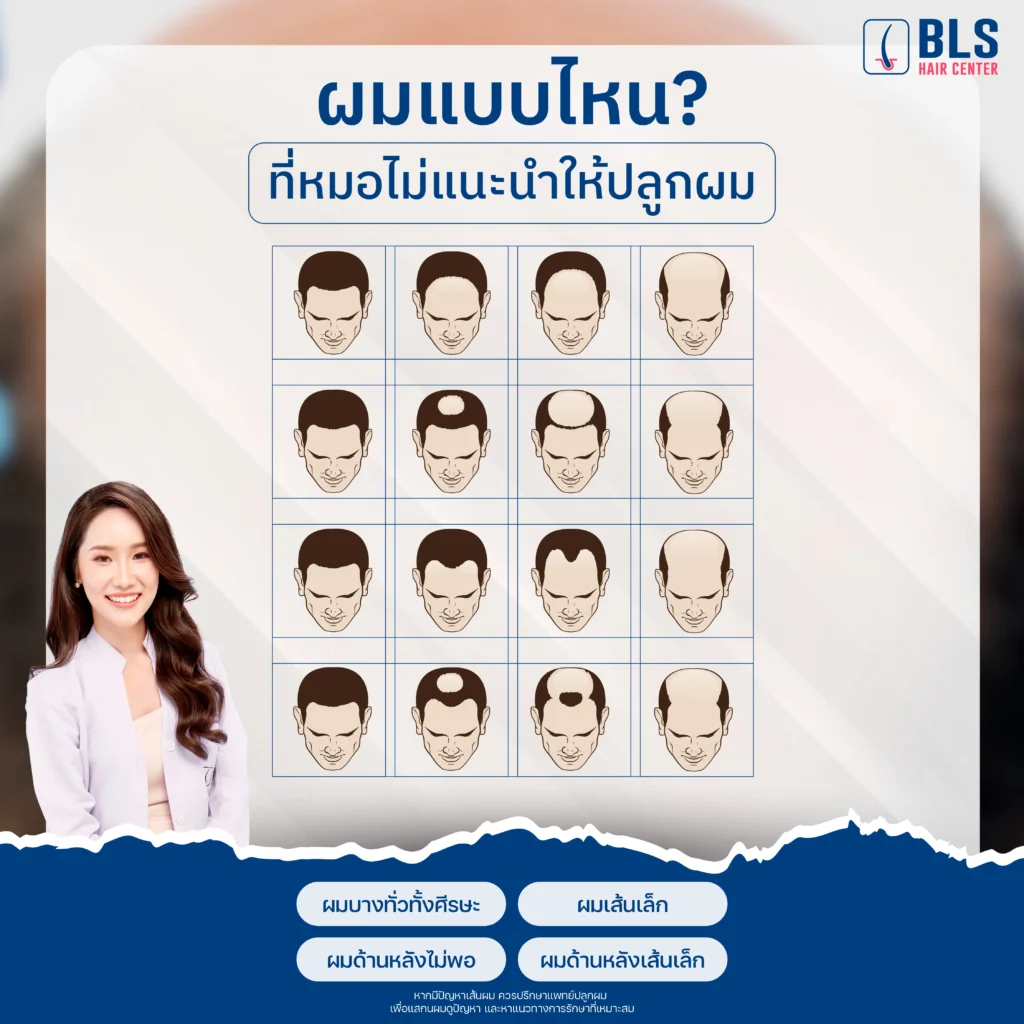
Diffuse thinning across the entire scalp
If the donor area lacks sufficient strong follicles, transplantation may fail and worsen thinning at the back.
Fine hair strands
Thicker hair yields denser results. Doctors will scan and assess hair thickness before recommending transplantation.
Insufficient donor hair
Limited hair at the back makes it difficult to extract viable grafts. In such cases, transplantation is not advised.
Fine donor hair
Thin hair from the Safe Zone may not produce satisfactory density. Alternative treatments may be recommended first.
Regardless of hair type, patients considering transplantation should consult a specialist for a scalp scan and personalized treatment plan.
What Are the Alternatives to Hair Transplantation?
If you’re experiencing significant hair loss or thinning but aren’t ready for transplantation, here are effective treatment options:
Medication for Hair Loss and Thinning
Only prescribed by certified hair specialists for safety and optimal results. Two main categories:

Medication for Hair Loss and Thinning
PRP Hair Therapy – Treat Thinning Hair and Prevent Baldness
PRP Anti-Hair Loss is a non-surgical, no-downtime treatment using the patient’s own platelet-rich plasma to stimulate hair follicles. Ideal for mild to moderate thinning or early-stage baldness. It strengthens hair and promotes density at the cellular level.

PRP Hair Therapy – Treat Thinning Hair and Prevent Baldness
LED Hair Growth Therapy
Stimulates hair follicles, reduces shedding, and enhances regrowth. For transplant cases, LED therapy accelerates scab healing and improves post-procedure outcomes. It strengthens both transplanted and existing hair, reduces swelling, and increases regrowth rates. Suitable for small to medium hair concerns and transplant patients.
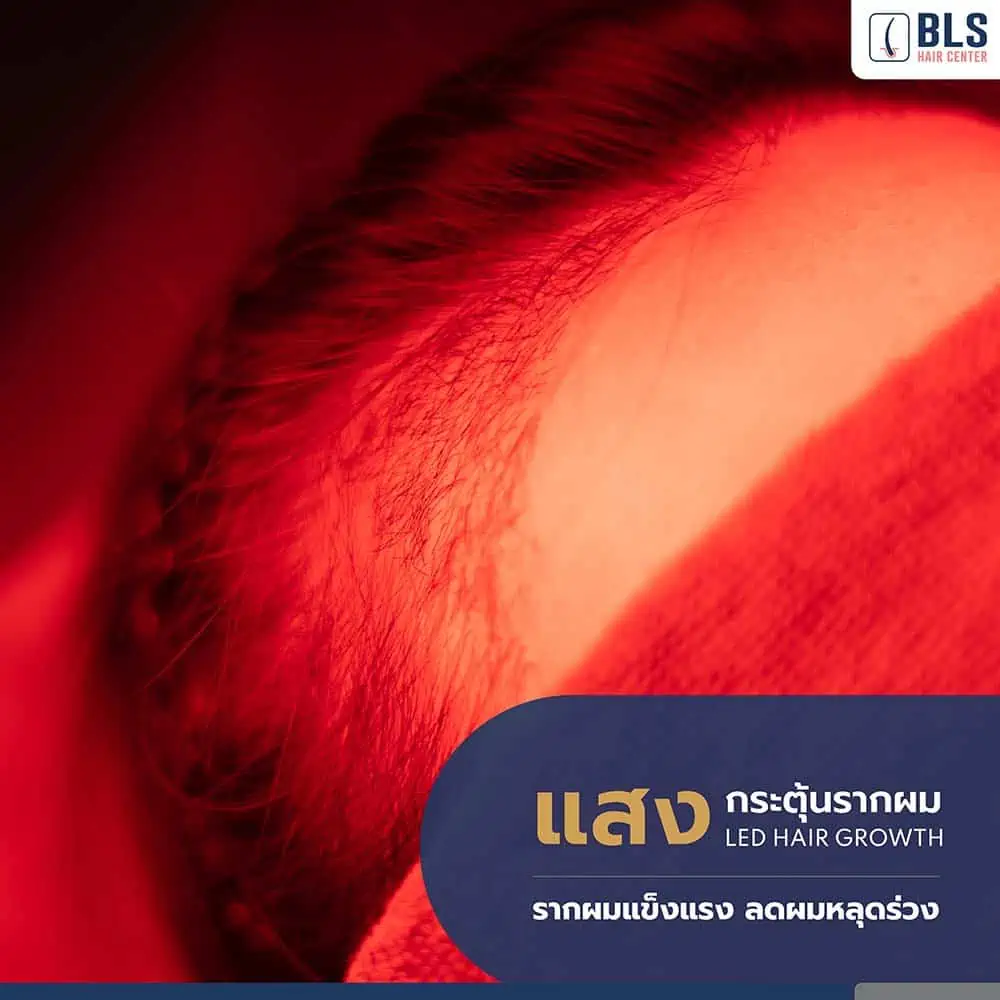
LED Hair Growth Therapy
If you’re dealing with hair loss or thinning and searching for a trusted clinic—whether you’re interested in PRP therapy or hair transplantation—visit BLS Hair Center. We offer free consultations with certified specialists and have multiple branches to serve you.
Stadium One branch
Nakhon Pathom branch
Salaya branch
- Call: 095-472-1590
- Map: https://goo.gl/maps/QWpzvLD9pnFeYHG


